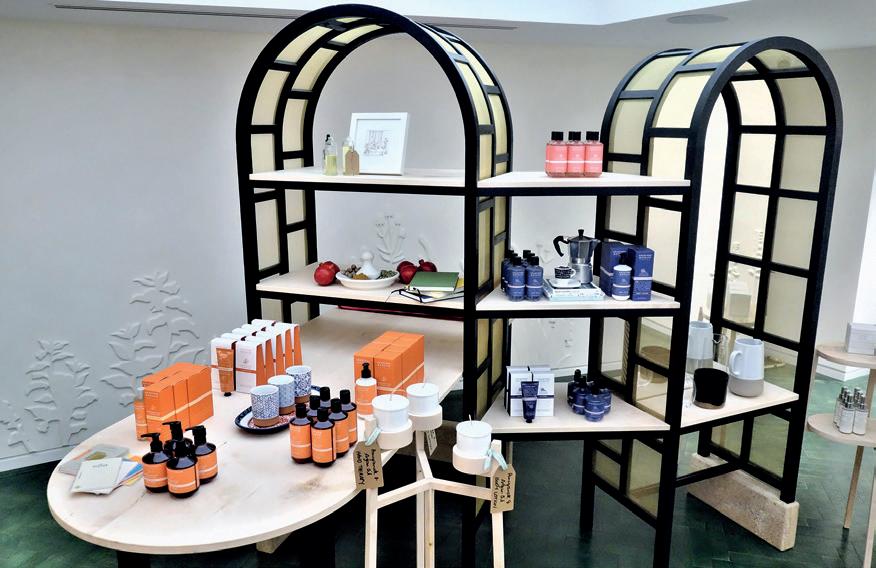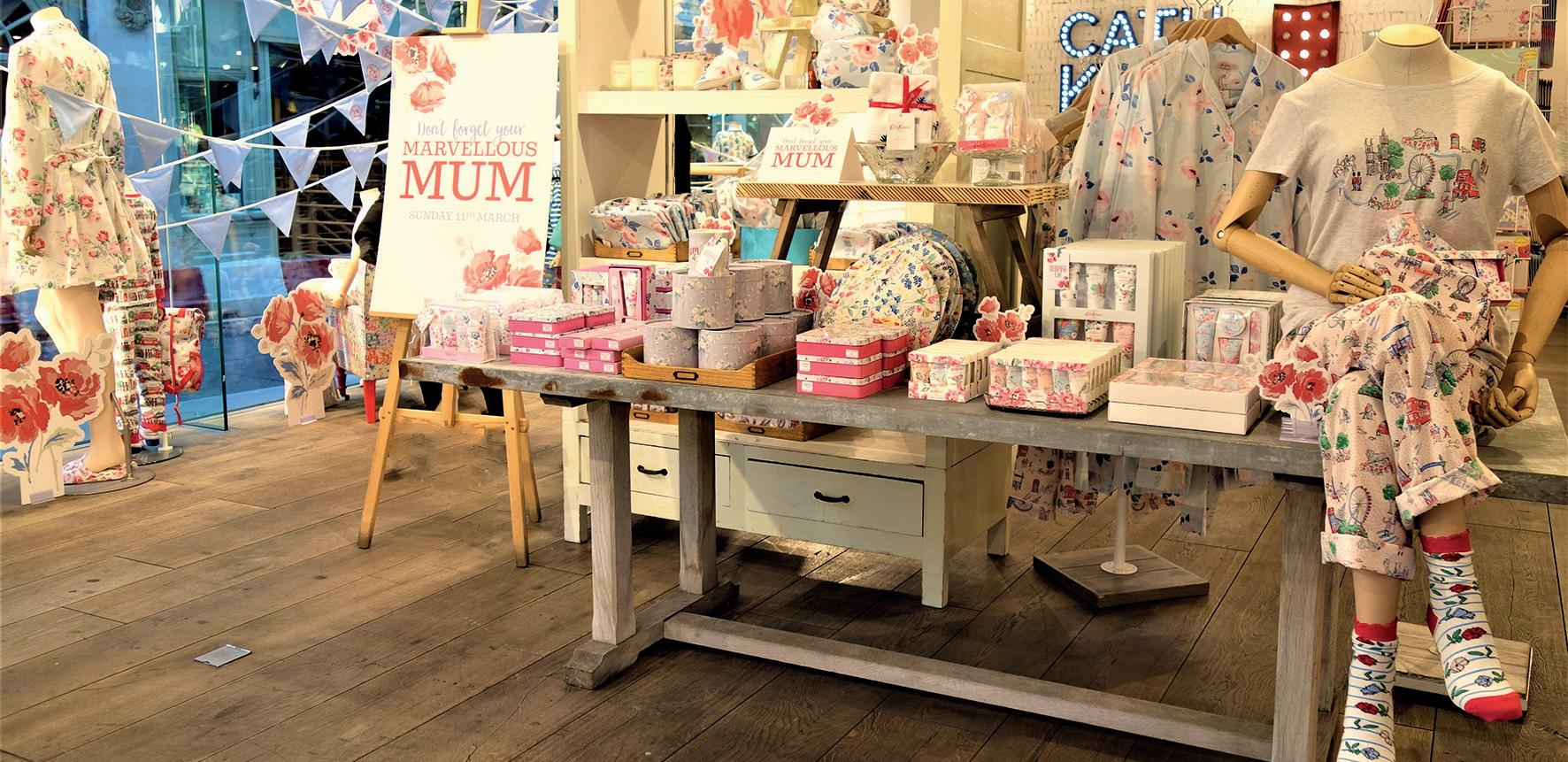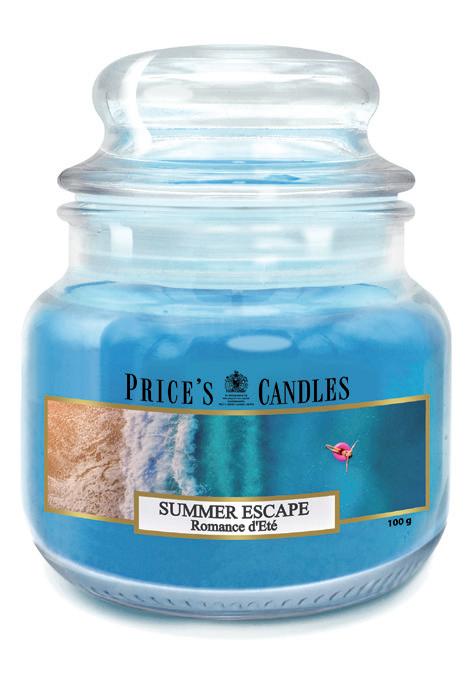
3 minute read
‘Creating a story’
Visual merchandiser and consultant David Anthony shares his top 10 tips on how to style home fragrance in-store

1 Consider your space
If you’re really limited for space, opt for simple shelf merchandising with different brands or styles in rows. If you can scale up, then use a table, sideboard, or hutch unit to create a story within this space to place more focus on the products.
2 Think of a scheme
When deciding on a theme, opt for a seasonal look or a colour. Then cross-merchandise with complementary products from other categories to create an instant focal point and product story.
3 Height and size
Start to build your display by choosing a mix of different heights and sizes to create an interesting display. Place taller products at the back and in the middle, with smaller products at the front or on the sides.
4 Simple props
7 Encourage sampling
If possible, I would always add scent strips and tester products to the front or side of a display, to encourage customers to touch and experience.

8 Clear pricing
Did you know?
Customers’ response time to a display is around three seconds - you haven’t got long to make an impact!
This is so important, especially on a product, as this is where customers will look for it; otherwise you can display a printed list. Remember, if products are not priced, you will miss out on sales. A range of price points within a display or category is also important. More stock of lower price points will always sell better - as everyone loves a good deal - but don’t be afraid of higher price points of feature products, to draw attention to the lower/middle price points within a category display.
What’s your all-time favourite home fragrance scent?
This is so hard to choose as I’m always burning all sorts of incense, in particular traditional Dhoop from India. It has a lovely spice fragrance and transports you to another place with such an evocative perfume.
When it comes to props, inexpensive ideas can be really effective. Quite often, the product itself can also be the prop - especially if it has interesting packaging or can be taken out of the packaging. Otherwise, a simple seasonal or complementary prop, such as a plant, can draw attention to the merchandise and help tell the story of the products.
5 Remember the pyramid formation…
When grouping items, think of a triangle when placing them together. Along with close grouping, it’s the most used display technique to place merchandise together in an appealing way without any other visual distraction. Mixing product in a lifestyle way is a modern way of creating a story within a chosen space.
6 … And the rule of three
This is about repetition of the same product in different colourways. However, you can add more than three - as long as the packaging is the same.
9 Choose a key fragrance
Select one key fragrance in the shop to complement your display. A popular or seasonal scent is a safer option, as long as you ensure there are many products within the category to support this. However, I personally love picking up different combinations of scents and experiencing them - it certainly adds interest and something different to what I already know.
10 Consider cross-merchandising

This is all about a lifestyle, particularly with gifts and homeware. Any products that can draw attention to or complement others can always create an interesting and eye-catching display. There are many brands and stores that base their entire merchandising philosophy on this look and feel, which I highly encourage in today’s modern retail environment. Customers are extremely intelligent and knowledgeable, and speaking to them on the same level will bring confidence and trust to your store.
David Anthony is founder of David Anthony Creative consultancy. He has been a visual merchandiser for more than 30 years, and has a varied background across retail, media and hospitality. He is now working freelance in the cafe, food and retail lifestyle sector and the world of fashion and homeware brands.
Email: david@davidanthonycreative.com
Visit: davidanthonycreative.com
Price’s Candles

In 1830 Price’s discovered making candles from coconuts. The company was first called Edward Price’s and Co. and bought 1,000 acres of coconut plantation in Sri Lanka. So that’s where it all began!
Fast forward coming up to 200 years, and you arrive at its Fragrance Collection. This range of more than 30 fragranced candles and reed diffusers will be sure to brighten up any home, creating a warm and relaxed atmosphere.











